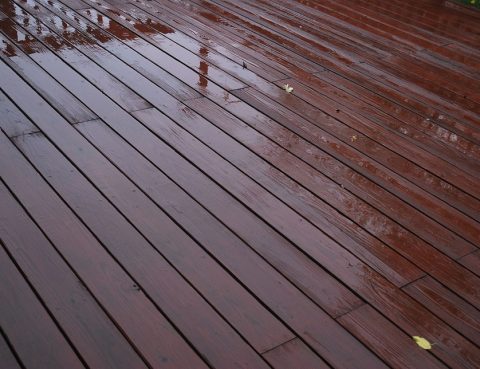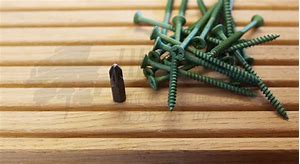Decking supports, joists should not exceed 600mm centres, it is better to reduce the centres as opposed to increasing decking board thickness as most hardwood or modified timber deck boards tend to be very expensive.Treated softwood regularised joists C16 or C24 are commonly used. For public use generally, hardwood deck boards are preferred and always…
To be able to answer the question you need to know, the timbers durability class as given in BS EN350-2, you also need to know the Use class of the timber given in BS8417 all explained below.Biological performance is based on the resistance to microbiological attack of a species heartwood. Standards or reference documents used…
Most decks tend not to require planning permission and building regulations but;- You need planning permission if your decking is within 20mtr line of sight of a highway Exceed 3.0mtr height above ground level Decks attached to listed buildings Decks in conservation and national parks It is essential to check with the local planning office…
In recent years there has been a rise in the need to have slip-resistant timber decking especially in public areas and areas where improved grip is required. A number of technologies have been applied to both hardwood decking and softwood decking to achieve this Anti-Slip Decking, Non-Slip Decking, Slip Resistant Decking with Anti Slip Panels, Anti Slip…
1 inch = 25.4 mm 1 sq ft = 0.0929 m2 1 m2 = 10.76 sq ft 1 cu ft = 12 bd ft 1 m3 = 35.315 cu ft 1 ton = 1.416 m3 1 ton = 50 cu ft 1,000 b ft = 2.36 m3 1,000 b ft = 83.333 cu ft 1…
Gaps between boards should be appx 8-10mm to allow for drainage Two common fixing systems of decking onto joists ( face fixed with annular ring shank nails or screws and side fixed (secret fixed) with clips) Secret/ clip fixing tends to be a preferred option as it does not show fixings to the face…






